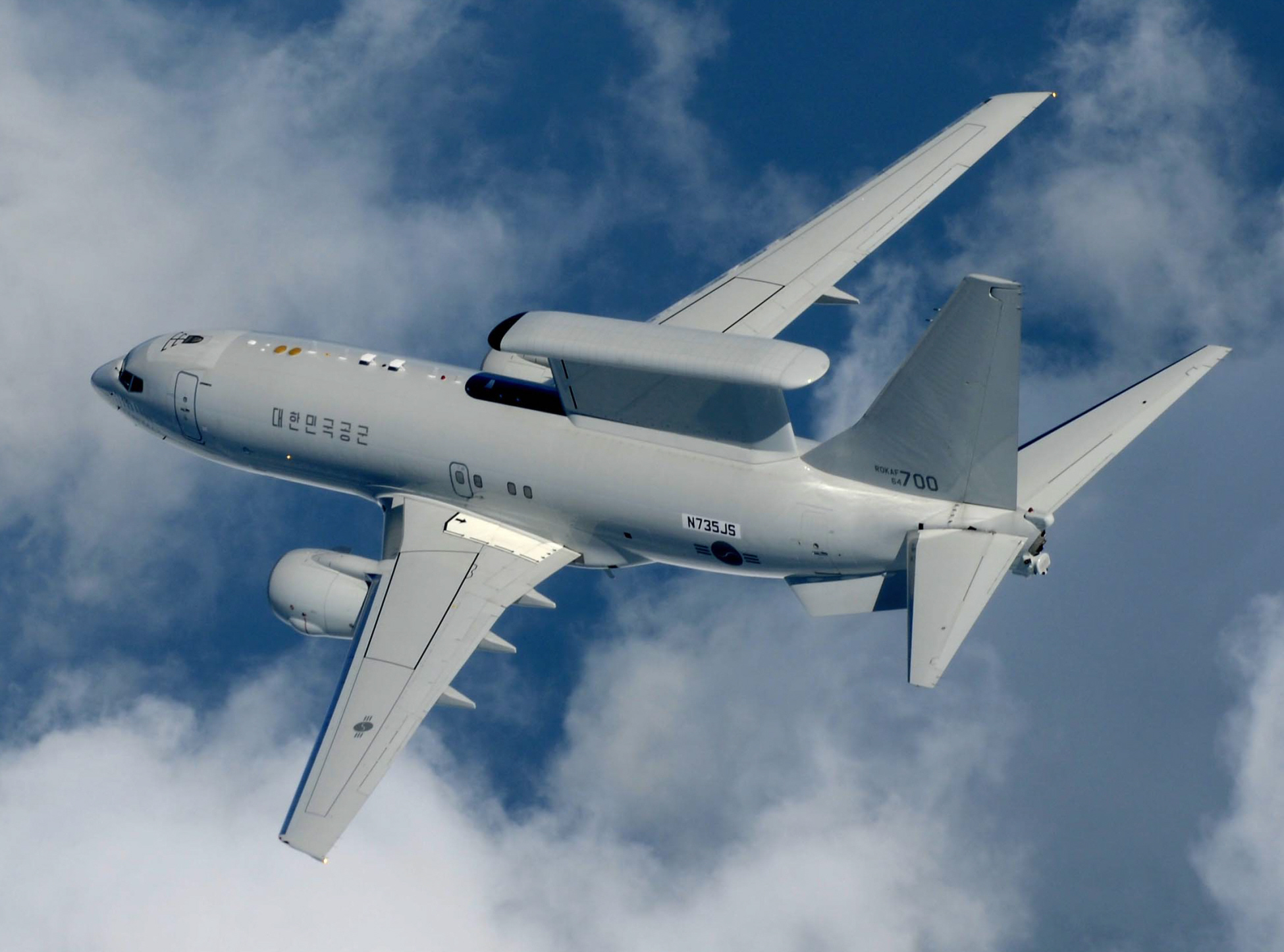South Korea Selects L3Harris Proposal to Expand AEW&C Fleet
L3Harris' proposal beat Saab's thanks to lower operating costs and greater Korean industrial participation.
South Korea’s Defense Acquisition Program Administration (DAPA) confirmed on September 30 that the proposal submitted by L3Harris was selected for the second phase of the Republic of Korea Air Force’s (ROKAF) AEW&C program. The decision followed a competitive evaluation between two final offers: one led by L3Harris in partnership with Korean Air, and the other by Saab and Korea Aerospace Industries (KAI), both based on the Bombardier Global 6500 business jet.
The announcement was made during the 171st meeting of the Defense Project Promotion Committee, which also approved the launch of a domestic long-range air-to-air missile development program for the KF-21. Under the AEW&C-II program, four new aircraft will be procured, with an estimated budget of KRW 3.0975 trillion (approx. USD 2.26 billion) and a completion timeline extending through 2032.
Global 6500 with Israeli Radar: The Winning Bid
The selected solution is based on the L3Harris-modified Global 6500, integrating the EL/W-2085 AESA radar developed by Israel’s IAI/ELTA, a system with proven operational performance in demanding environments. This same radar equips the CAEW aircraft operated by Israel, Italy, and Singapore, typically mounted on Gulfstream G550 platforms.
Performance evaluations showed no major differences between the two competing offers. However, DAPA stated that L3Harris scored higher in operational suitability, sustainment costs, and local industrial contribution, whereas Saab’s offer—equipped with the Erieye ER radar—received better scores in acquisition cost and contract terms, but ultimately did not prevail.
Phased Production and Local Integration
L3Harris previously detailed a phased approach in which the first two aircraft will be structurally modified in the United States and then transferred to IAI/ELTA facilities in Israel for radar integration and testing. The remaining two platforms will be modified and tested in South Korea by Korean Air, which will also take over long-term maintenance responsibilities.
In addition to Korean Air, the proposal includes the involvement of domestic defense firms such as LIG Nex1 and Ace Antenna, with a long-term plan for technology transfer and local support. The vision is to enable Korean industry to manage obsolescence, integrate future system upgrades, and ensure operational readiness with domestic capabilities.
More Eyes in the Sky, Not Necessarily Bigger Ones
Although the ROKAF has operated four Boeing E-7A Peace Eye aircraft since 2011, also acquired via the U.S. FMS system, the choice to move forward with a new platform rather than expand the existing fleet likely stems from budgetary and operational considerations. With the same investment, South Korea would have been able to procure fewer Boeing E-7 aircraft, limiting coverage across critical sectors.

In contrast, the Global 6500-based solution offers lower acquisition and operating costs, allowing ROKAF to maintain more aircraft airborne simultaneously, which is particularly important for continuous surveillance along the North Korean border and over strategically sensitive areas such as the Yellow Sea, Korea Strait, and Sea of Japan.
Moreover, since the aircraft are expected to operate primarily within or near South Korean airspace, the greater expeditionary capability of the E-7A—including its larger crew capacity—was not considered essential. Advances in data processing and network integration have enabled smaller platforms with similar electronic performance to fulfill AEW&C roles with fewer operators onboard.
Strategic Alignment with Autonomy
The selection of a U.S.-led solution featuring Israeli technology and strong Korean industrial participation reflects a procurement strategy that seeks to balance strategic alignment with Washington and enhance national defense autonomy.
This approach was evident in the structure of the AEW&C-II program, which avoided the FMS route and instead followed a commercial open tender, where technical, financial, and industrial criteria were all taken into account.
The outcome strengthens a critical strategic capability in a region marked by increasing tensions, while ensuring broader aerial coverage, more flexible logistics, and robust local participation compared to the first phase of the program.

/https://aviacionlinecdn.eleco.com.ar/media/2024/08/AEWC-Corea-L3Harris-Korean-Air.jpg)
Para comentar, debés estar registradoPor favor, iniciá sesión